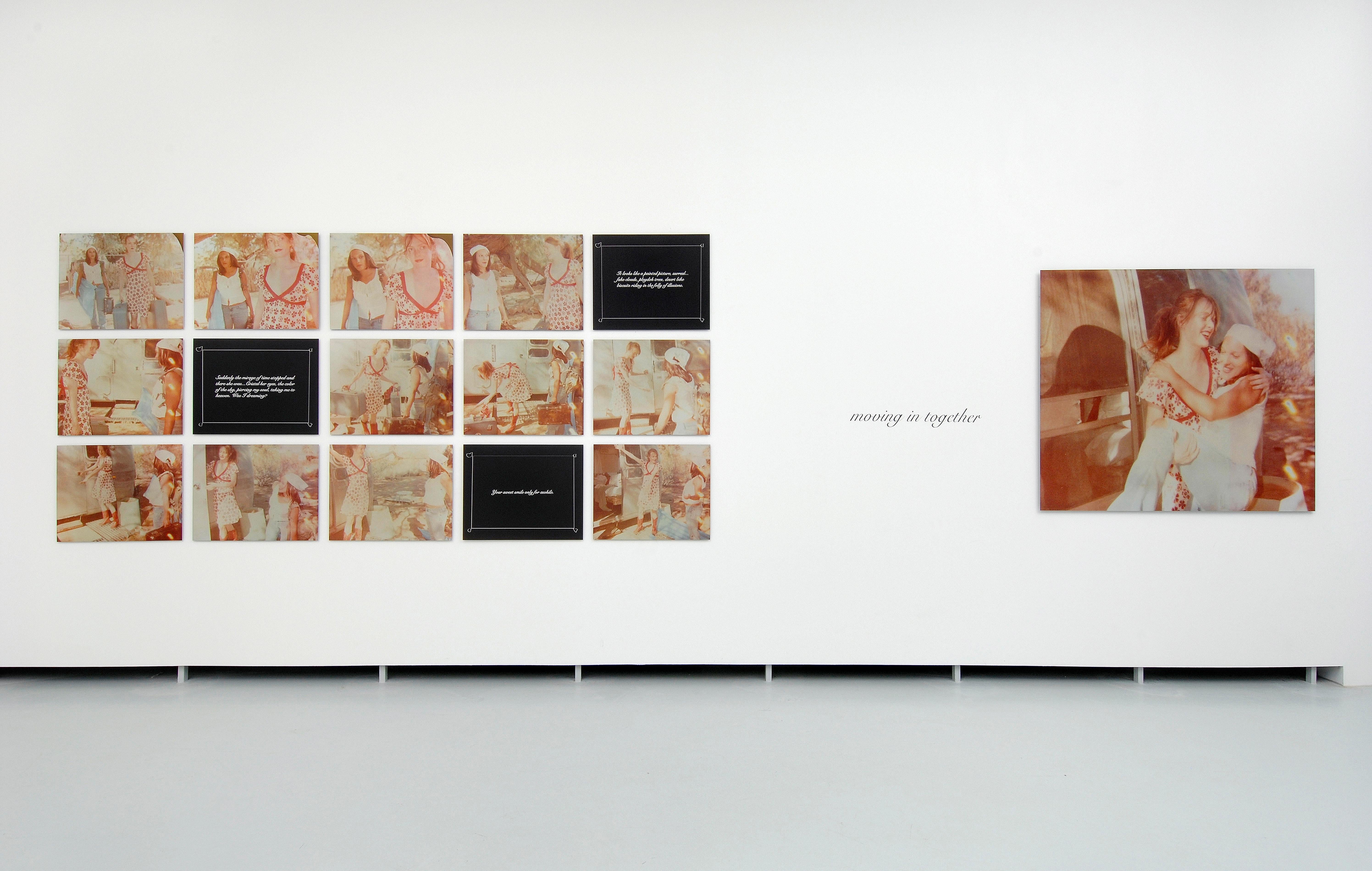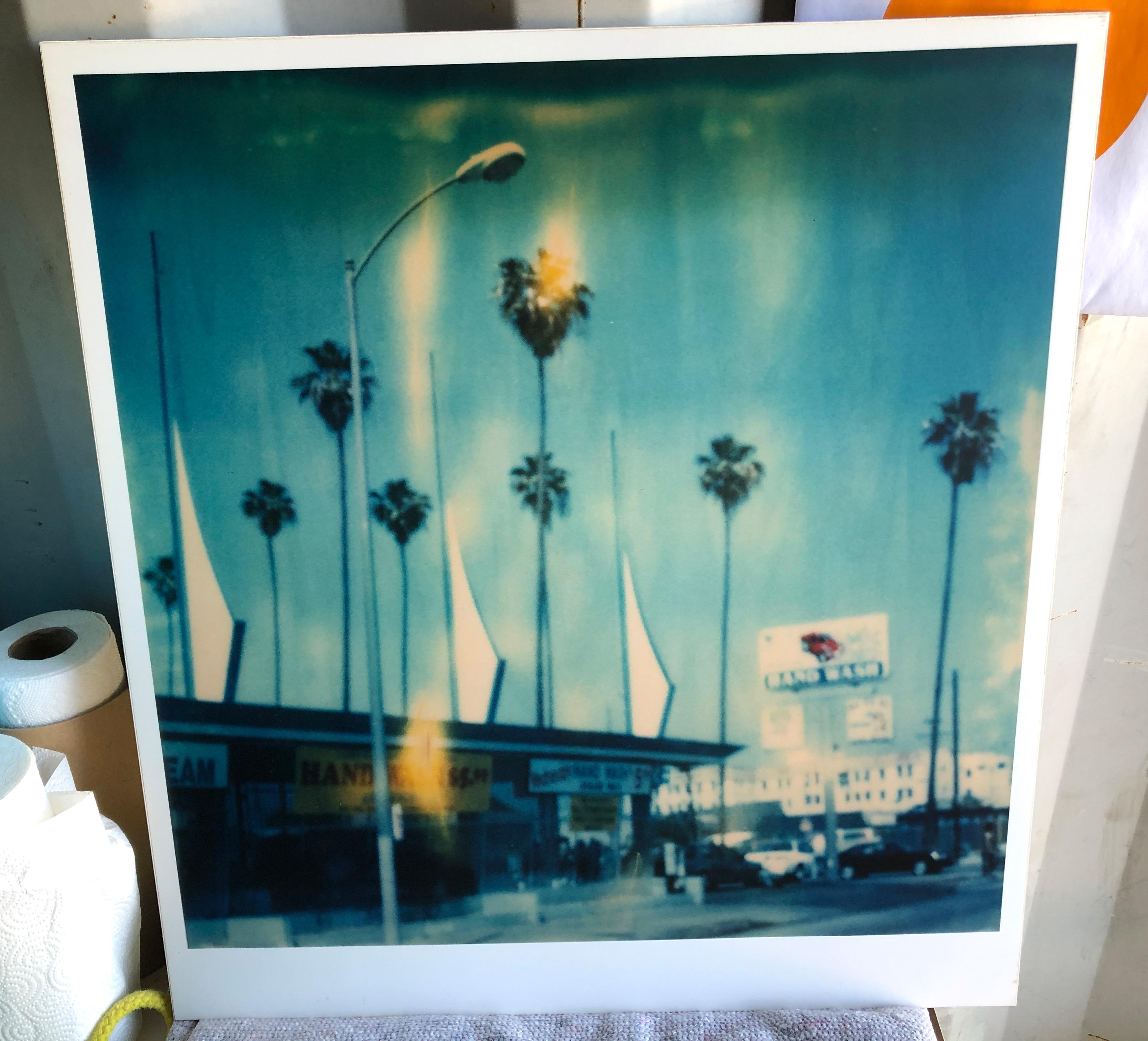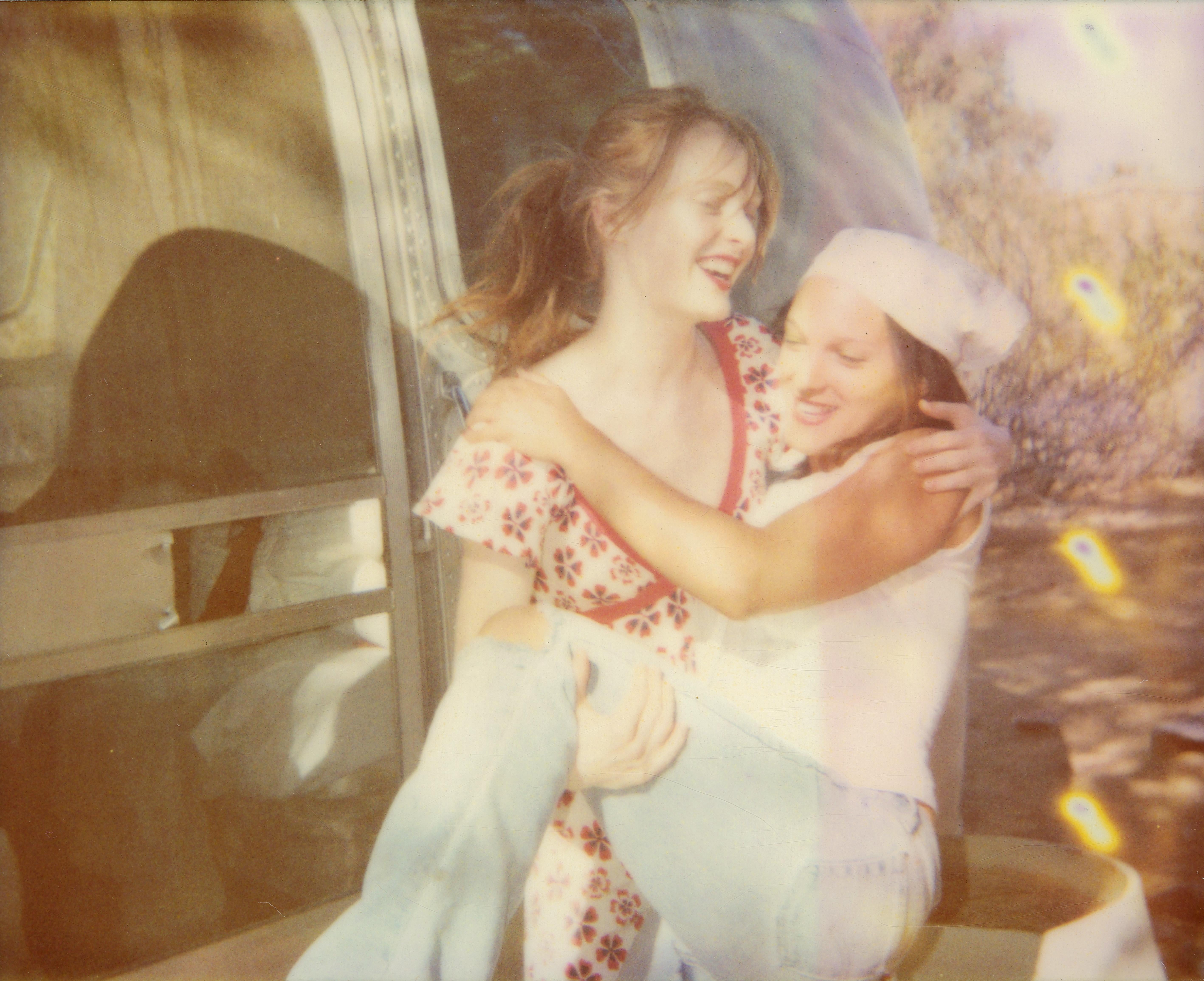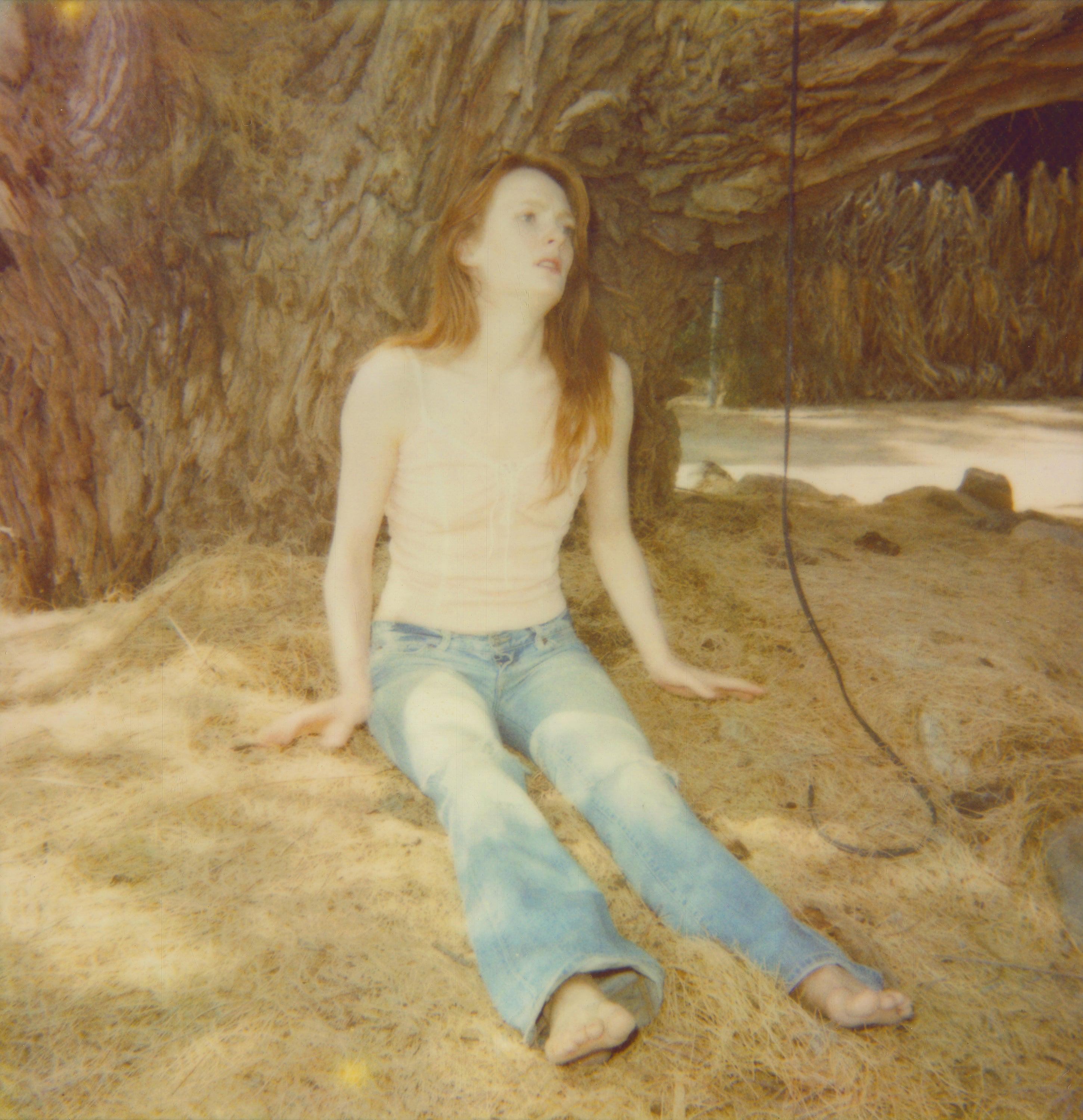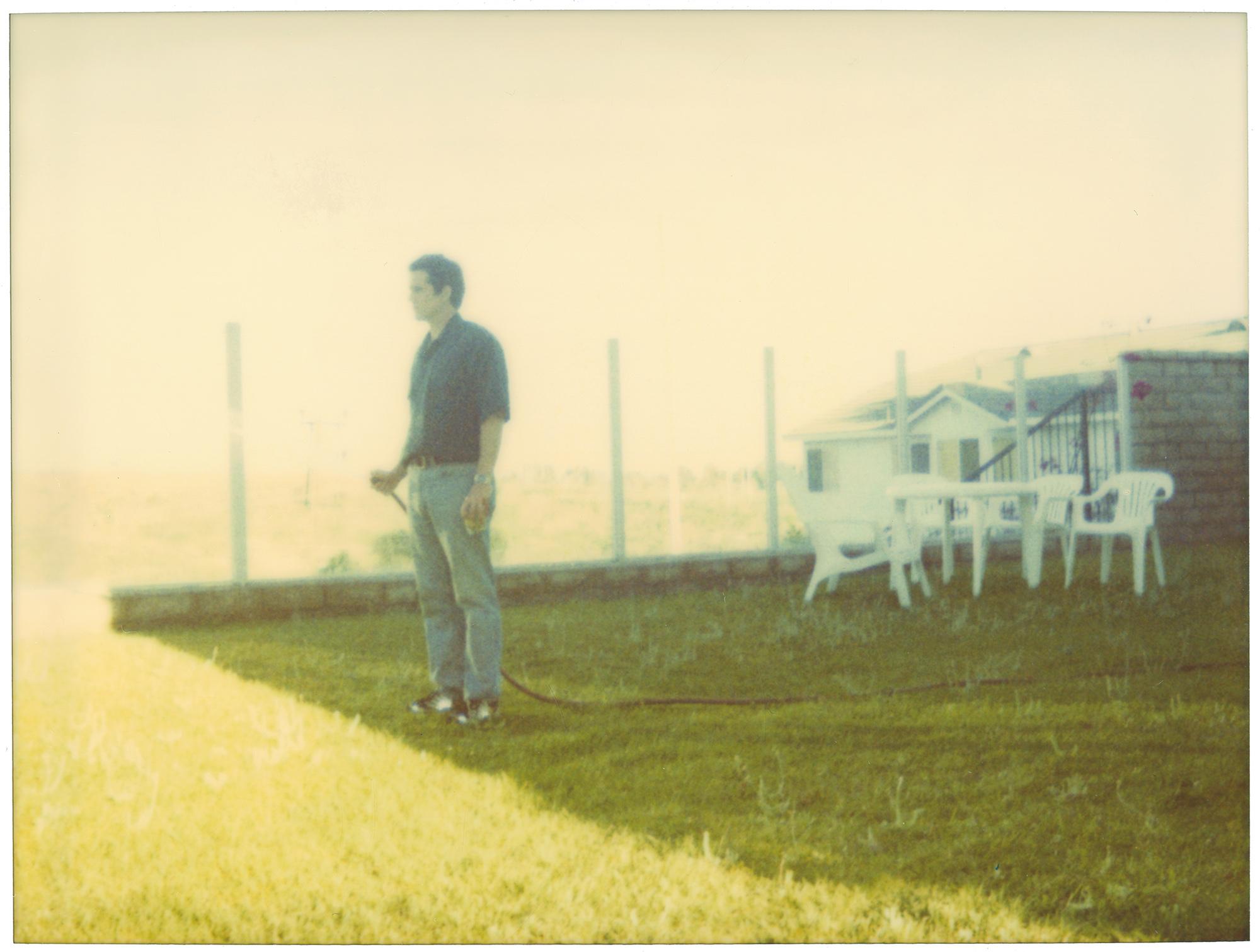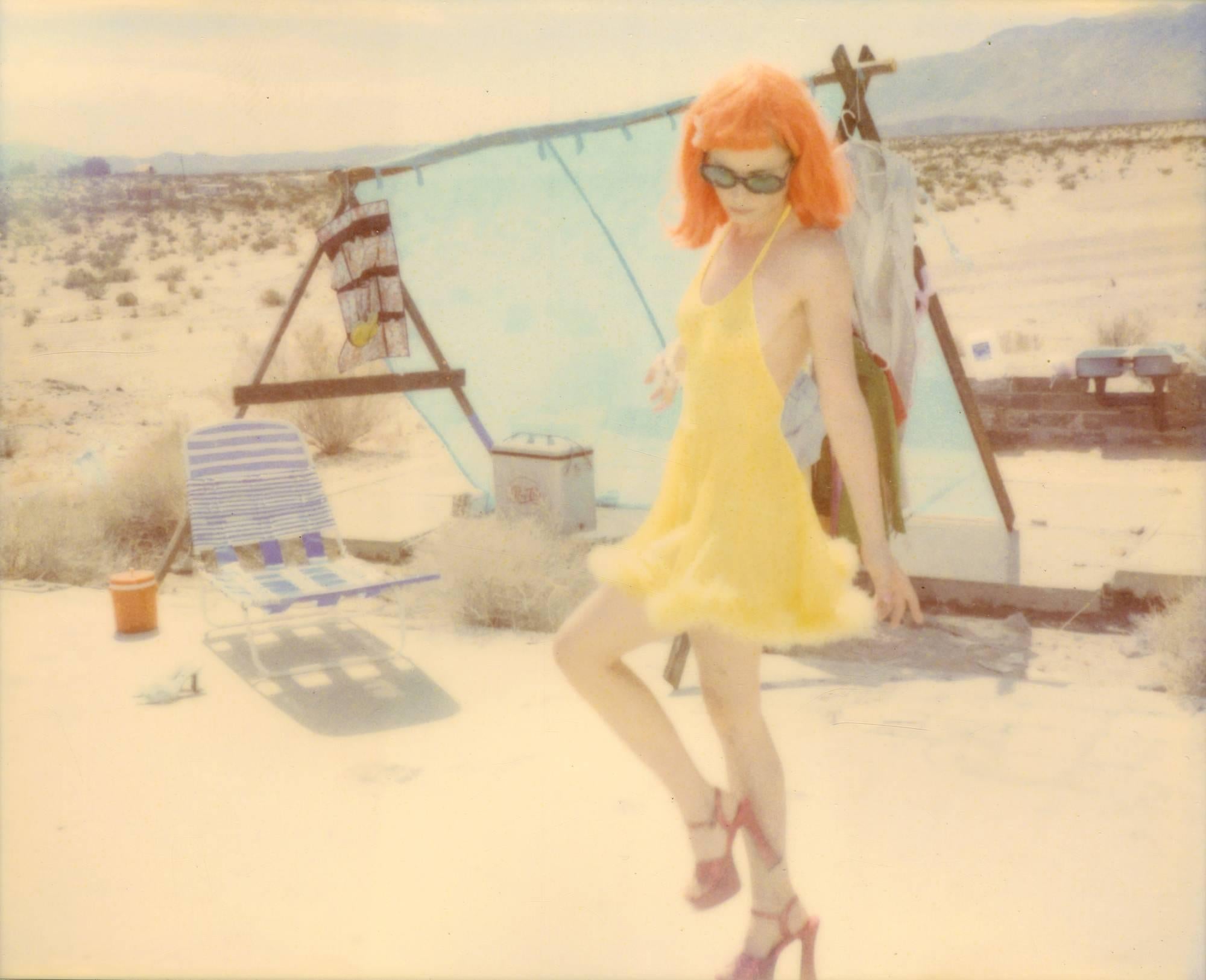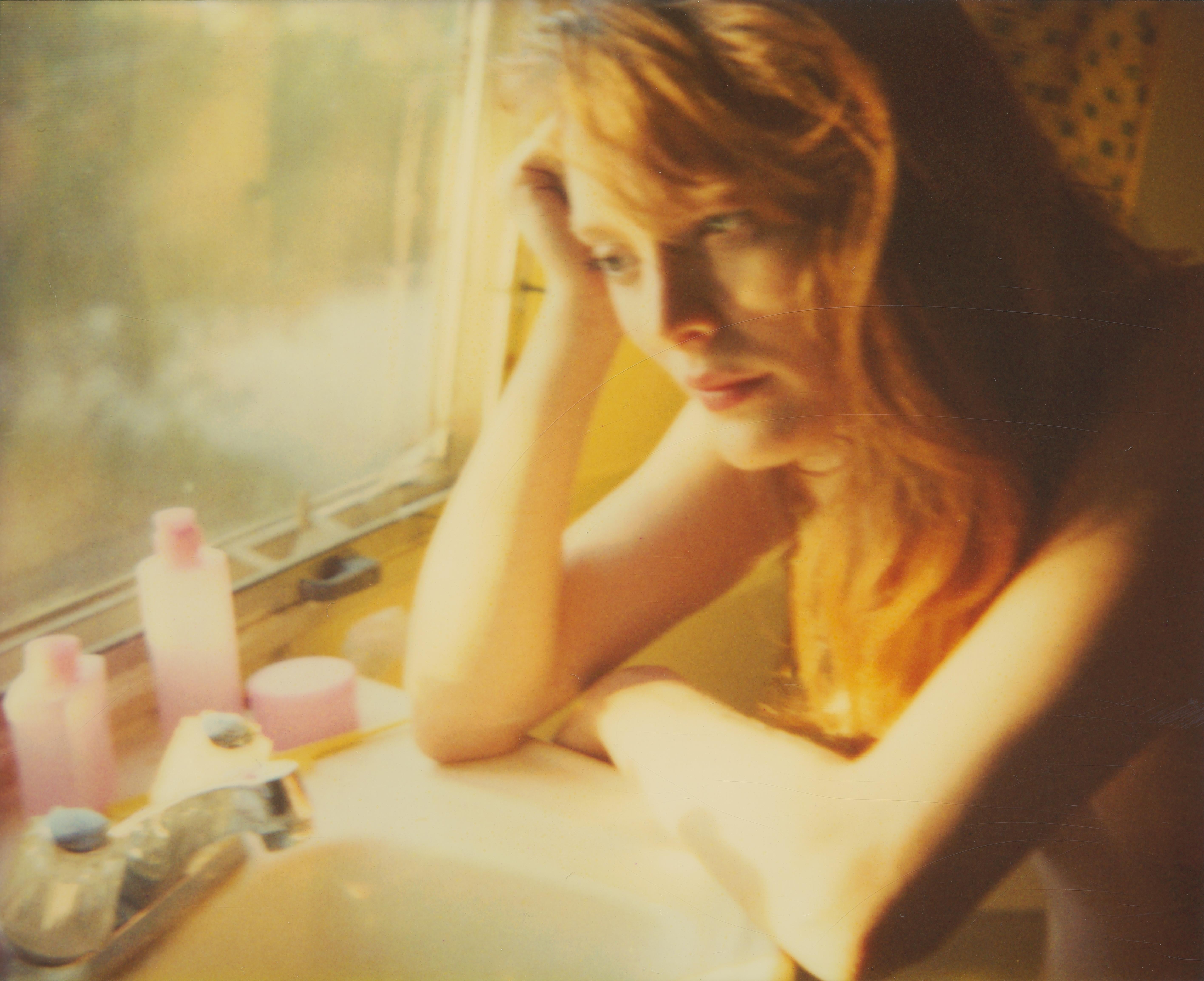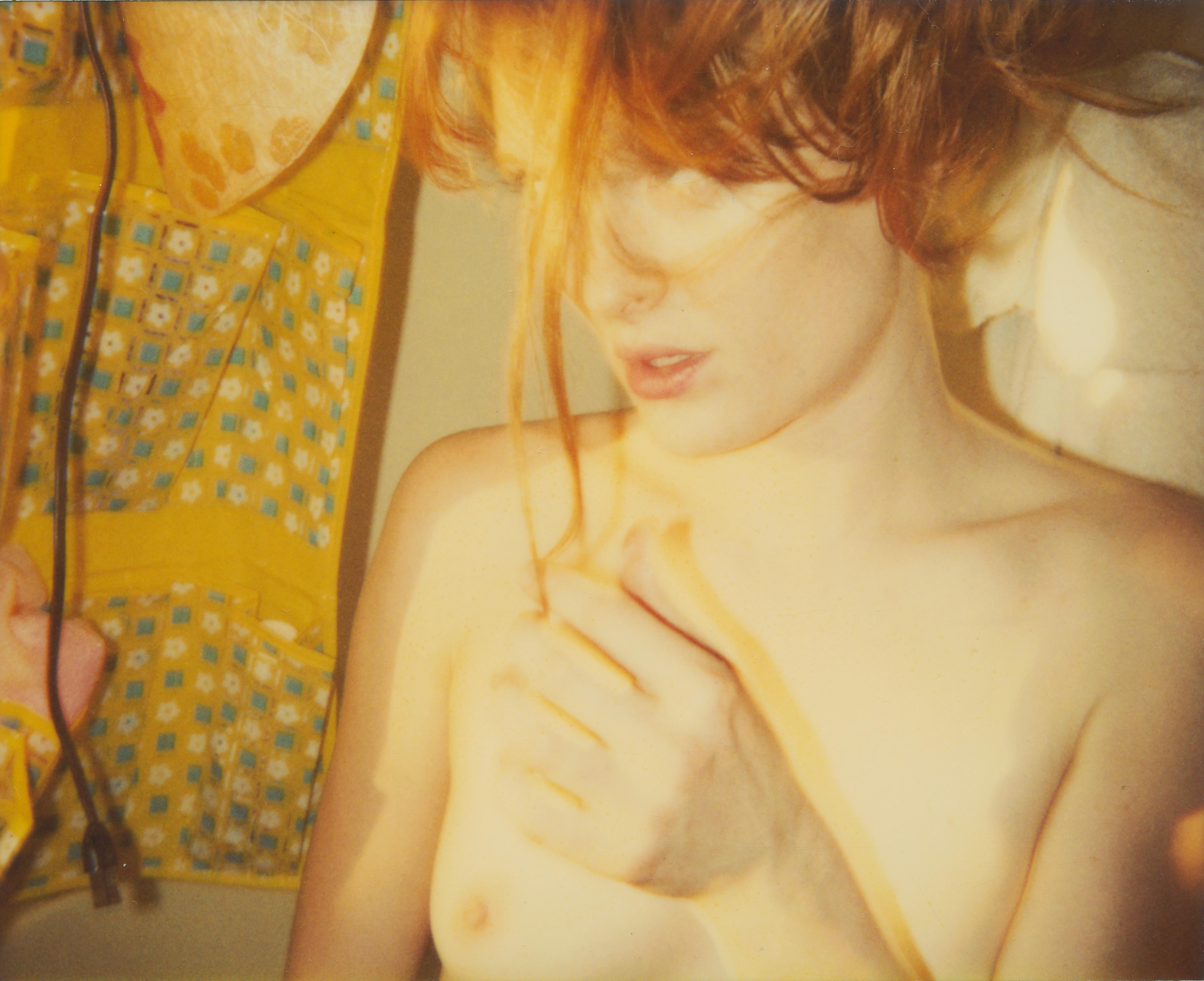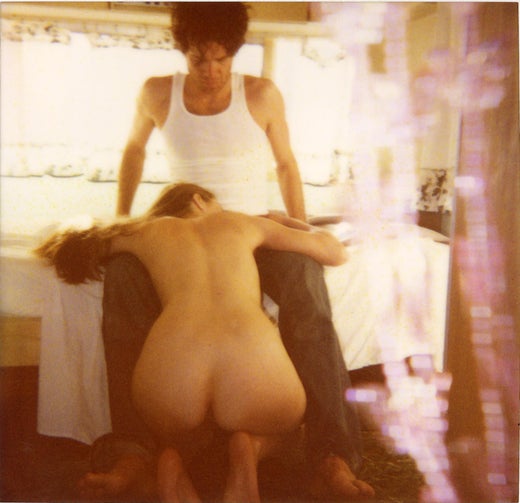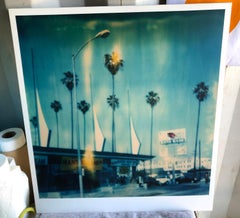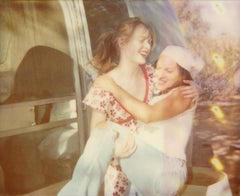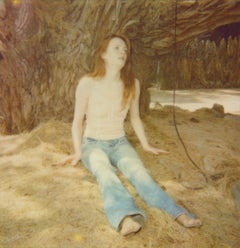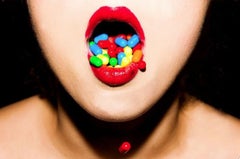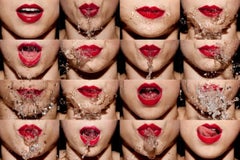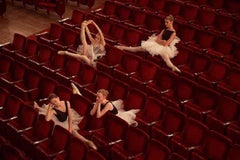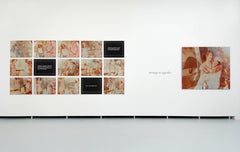
Moving in Together (Till Death do us Part) - analog, mounted, Installation
Want more images or videos?
Request additional images or videos from the seller
1 of 14
Stefanie SchneiderMoving in Together (Till Death do us Part) - analog, mounted, Installation2008
2008
$35,750List Price
About the Item
- Creator:Stefanie Schneider (1968, German)
- Creation Year:2008
- Dimensions:Height: 63 in (160 cm)Width: 255.91 in (650 cm)Depth: 0.4 in (1 cm)
- Medium:
- Movement & Style:
- Period:
- Condition:
- Gallery Location:Morongo Valley, CA
- Reference Number:1stDibs: LU652311501162
Stefanie Schneider
Stefanie Schneider received her MFA in Communication Design at the Folkwang Schule Essen, Germany. Her work has been shown at the Museum for Photography, Braunschweig, Museum für Kommunikation, Berlin, the Institut für Neue Medien, Frankfurt, the Nassauischer Kunstverein, Wiesbaden, Kunstverein Bielefeld, Museum für Moderne Kunst Passau, Les Rencontres d'Arles, Foto -Triennale Esslingen., Bombay Beach Biennale 2018, 2019.
About the Seller
4.9
Platinum Seller
Premium sellers with a 4.7+ rating and 24-hour response times
Established in 1996
1stDibs seller since 2017
1,028 sales on 1stDibs
Typical response time: 2 hours
Authenticity Guarantee
In the unlikely event there’s an issue with an item’s authenticity, contact us within 1 year for a full refund. DetailsMoney-Back Guarantee
If your item is not as described, is damaged in transit, or does not arrive, contact us within 7 days for a full refund. Details24-Hour Cancellation
You have a 24-hour grace period in which to reconsider your purchase, with no questions asked.Vetted Professional Sellers
Our world-class sellers must adhere to strict standards for service and quality, maintaining the integrity of our listings.Price-Match Guarantee
If you find that a seller listed the same item for a lower price elsewhere, we’ll match it.Trusted Global Delivery
Our best-in-class carrier network provides specialized shipping options worldwide, including custom delivery.More From This Seller
View AllMoving in Together (Till Death do us Part) - analog, mounted, Installation
By Stefanie Schneider
Located in Morongo Valley, CA
Moving in Together (Till Death do us Part) - Installation - 2008
Edition of 5.
16 analog C-Prints , hand-printed by the artist on Fuji Crystal Archive Paper, based on 13 Polaroids, ...
Category
Early 2000s Contemporary Color Photography
Materials
Metal
Car Wash - Contemporary, Landscape, Cityscape, expired, Polaroid, analog, Blue
By Stefanie Schneider
Located in Morongo Valley, CA
Car Wash (Stranger than Paradise) - 1999
64.6x59.5cm including the white 'Polaroid' frame.
Edition 2/10.
Analog C-Print, hand-printed by the artist,
mounted on Aluminum with mat...
Category
Early 2000s Contemporary Color Photography
Materials
Metal
Moving in Together (Till Death do us Part) - analog, Contemporary, mounted
By Stefanie Schneider
Located in Morongo Valley, CA
Moving in Together (Till Death do us Part) - 2008
125x154cm,
Edition 1/5.
Analog C-Print, hand-printed by the artist on Fuji Crystal Archive Paper, based on the Polaroid.
Certifi...
Category
Early 2000s Contemporary Color Photography
Materials
Metal
'I'm frozen in my Memory of Love that once was' from Till Death do us Part
By Stefanie Schneider
Located in Morongo Valley, CA
'I'm frozen in my Memory of Love that once was' (Till Death do us Part) - 2005
122x122cm,
Edition 2/5,
analog C-Print print, hand-printed by the artist, based on a Polaroid,
arti...
Category
Early 2000s Contemporary Color Photography
Materials
Metal
Aimless (Wastelands), triptych, analog, mounted - Polaroid, 21st Century, Color
By Stefanie Schneider
Located in Morongo Valley, CA
Aimless - It all began quite simply I was very happy - (Wastelands), triptych - 2003
Edition 2/5,
57 x 56 cm each, installed 57 x 180cm,
3 analog C-Prints, hand-printed by the art...
Category
Early 2000s Contemporary Color Photography
Materials
Metal
Bourbon (Suburbia) featuring Louis Ferreira, analog, mounted
By Stefanie Schneider
Located in Morongo Valley, CA
Bourbon (Suburbia) - 2004
Edition of 2/5,
60x80cm.
Analog C-Print, hand-printed by the artist
based on the Polaroid,
mounted on Aluminum with matte UV-Protection.
Artist Inventor...
Category
Early 2000s Contemporary Color Photography
Materials
Metal
You May Also Like
Tyler Shields - Pills, Photography 2014, Printed After
By Tyler Shields
Located in Greenwich, CT
Series: Mouths
Chromogenic Print on Kodak Endura Luster Paper
All available sizes and editions:
20" x 30"
30" x 40"
40" x 60"
48" x 72"
63" x 84"
Editions of 3 + 2 Artist Proofs
Tyl...
Category
2010s Contemporary Color Photography
Materials
C Print
Price Upon Request
Tyler Shields - Water Mouth, Photography 2012, Printed After
By Tyler Shields
Located in Greenwich, CT
Series: Mouths
Chromogenic Print on Kodak Endura Luster Paper
All available sizes and editions:
20" x 30"
40" x 60"
48" x 72"
63" x 84"
Editions of 3 + 2 Artist Proofs
Tyler Shields...
Category
2010s Contemporary Color Photography
Materials
C Print
Tyler Shields - Dancers Twenty, Photography 2014, Printed After
By Tyler Shields
Located in Greenwich, CT
Series: Provocateur
Chromogenic Print on Kodak Endura Luster Paper
All available sizes and editions:
20" x 30"
63" x 84"
Editions of 3 + 2 Artist Proofs
Tyler Shields is a photograp...
Category
2010s Contemporary Color Photography
Materials
Archival Paper, C Print
Peter Andrew Lusztyk - Astro, Photography 2021, Printed After
By Peter Andrew Lusztyk
Located in Greenwich, CT
Lego "Astro"
Digital C-Print / Archival Pigment Print
Edition of 20
“Collectible” series is a macro level exploration of coins, bills and stamps. These images are created with the i...
Category
2010s Contemporary Color Photography
Materials
Archival Pigment
Peter Andrew Lusztyk - Astro Girl, Photography 2021, Printed After
By Peter Andrew Lusztyk
Located in Greenwich, CT
Lego "Astro"
Digital C-Print / Archival Pigment Print
Available sizes:
24 x 16 Edition of 20
36 x 24 Edition of 5
48 x 36 Edition of 5
60 x 48 Edition of 5
“Collectible” series is a...
Category
2010s Contemporary Color Photography
Materials
Archival Pigment
Peter Andrew Lusztyk - Canada 38 Mushroom (Green), 2021, Printer After
By Peter Andrew Lusztyk
Located in Greenwich, CT
Canada 38 Mushroom (Green)
Digital C-Print / Archival Pigment Print
Edition of 20 per size
Available sizes:
36 x 27
“Collectible” series is a macro level exploration of coins, bills...
Category
2010s Contemporary Color Photography
Materials
Archival Pigment
